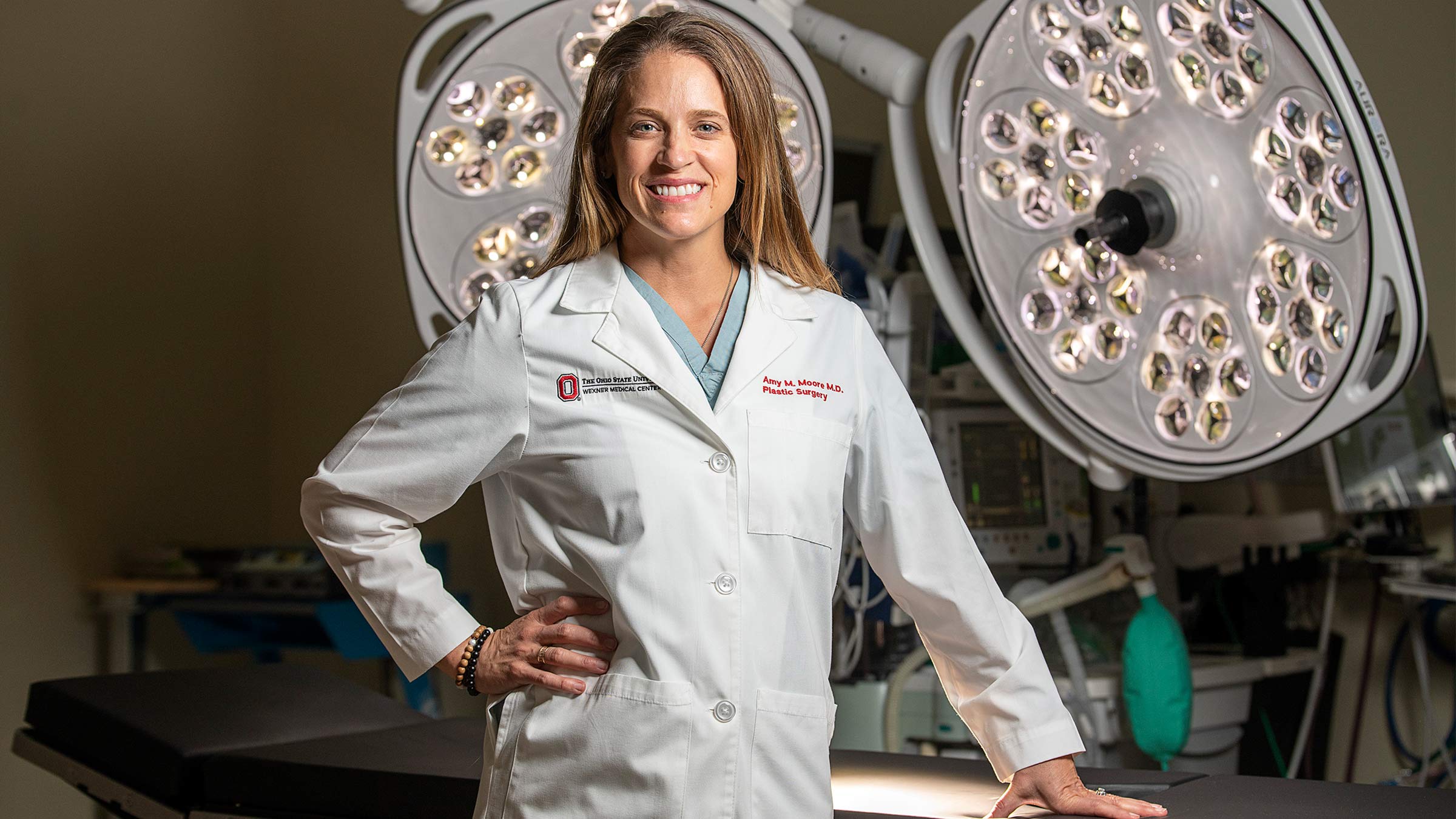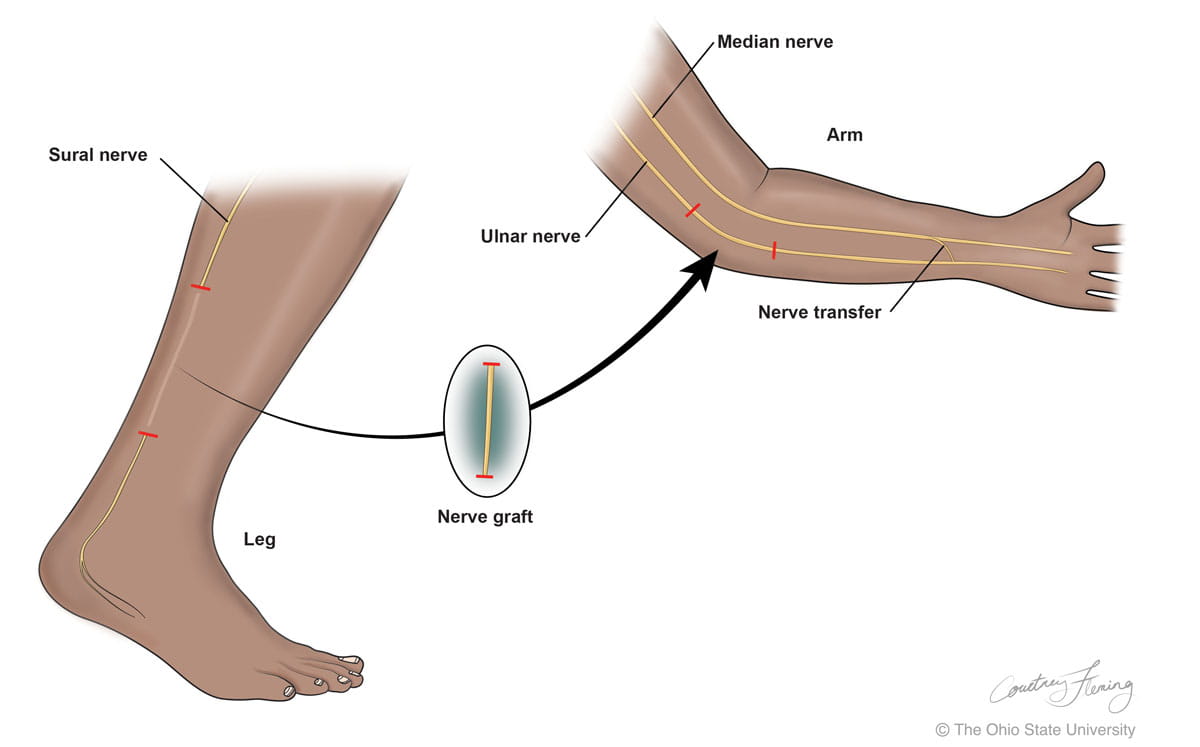
Is plastic surgery and cosmetic surgery the same?
Plastic surgery is a diverse field that includes cosmetic surgery, but is not limited to it. In academic medicine, cosmetic surgery – also known as aesthetic surgery – typically makes up only a small percentage of the procedures done by academic plastic surgeons. At The Ohio State University Wexner Medical Center, we’ve just launched our aesthetic surgery program and are hoping to increase this percentage by providing cutting-edge, research-based cosmetic procedures.
Other forms of plastic surgery include reconstructive surgery for patients who’ve had cancer or who have congenital differences, hand injuries, wounds and burns. This other, larger fraction of plastic surgery includes specialized microsurgery, which involves moving bone, muscle and skin to cover a wound and/or reconstruct a breast or other structure with a blood supply that requires a microscope to keep it alive. This is super-specialized, technically demanding surgery.
What is the peripheral nervous system?
The central nervous system includes the brain and the spinal cord. The peripheral nervous system includes all the nerves of the body that leave the spinal cord and enter into our muscles, organs and skin.
What is nerve transfer surgery?
A nerve transfer is a surgical procedure that effectively rewires a functioning nerve to a nerve that isn’t working but produces a needed function. The brain has great plasticity — meaning it can adapt to new changes in the body — so it can learn the new rewiring to restore function in that area of the body.

What happens if damaged nerves aren’t repaired and sent back into muscle fast enough?
Unfortunately, muscle has an expiration date, and someone can lose muscle function eventually from this nerve damage. Its cells pick up electrical energy, and if they don’t see that energy return in a timely fashion (12-18 months), those cells die. It doesn’t matter how great your nerve reconstruction is — the muscle will no longer be accepting of that input. Sensation of the skin has a longer window of expiration, but it too is time-sensitive. So it’s important to intervene early when you have an injured nerve, to prevent irreversible damage.
Lack of sensation is a warning sign that something is going wrong with a nerve. I describe this to my patients as nerves being like a four-lane highway. The nerve injury is like a car accident that backs up the traffic, slowing down each lane of traffic. The first lanes are pain, numbness, tingling and lack of sensation, and then the last lane to close off is motor function. If the car wreck is cleared (the injury is repaired) quickly enough, that traffic slowly picks back up (and sensation and motor function return), but it takes time.
How much time does it take to get back motor function or feeling to extremities?
Nerves grow slowly — a millimeter a day, an inch a month, a foot and a half a year. It can also take time for the brain to acknowledge that growth, so it often takes six to nine months to see any improvement in motor function or feeling after a nerve repair. It’s not unusual to have to wait a year to get most of the function back after peripheral nerve surgery. However, my patients may see improvement, such as increased strength or sensation, continue for four years or more.
When a nerve is borrowed from one area of the body and transferred to another area of the body, does the muscle in the original spot become weaker or have less function because it’s missing a nerve?
This is where the “redundancy” of nerves is important. Because we have many areas of the body with multiple nerves serving the same function, the body doesn’t miss one of those extra nerves. Through nerve grafting, that nerve (once transferred) is serving a much more important role in its new home in the body.






